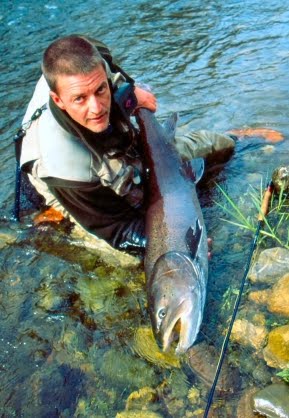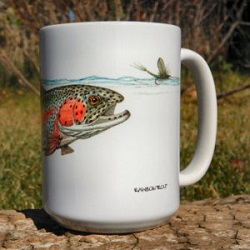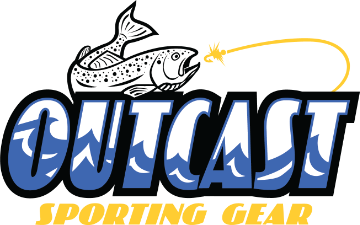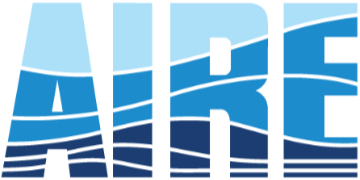 Yes, that’s my old car almost completely buried in snow in mid March. There’s some absolute garbage falling from the sky today here in Victor, Idaho. It’s been warm so the snow is soggy. It rained all night. Then it turned to sleet this morning and now it’s dumping snow. It’s just lovely! But, it’s a perfect day to paint a jumbo Snake River Cutthroat, do a little writing, continue packing and researching for Madagascar and . . . watch a little NCAA – absolutely perfect!
Yes, that’s my old car almost completely buried in snow in mid March. There’s some absolute garbage falling from the sky today here in Victor, Idaho. It’s been warm so the snow is soggy. It rained all night. Then it turned to sleet this morning and now it’s dumping snow. It’s just lovely! But, it’s a perfect day to paint a jumbo Snake River Cutthroat, do a little writing, continue packing and researching for Madagascar and . . . watch a little NCAA – absolutely perfect!
For some odd reason I’m craving mirror carp fishing over at Blackfoot Reservoir here in Idaho. You can’t even drive to Blackfoot at the moment  because of deep snow and even better, the lake is covered with three feet of ice. Nonetheless, I sit here daydreaming about tailing mirror carp.
because of deep snow and even better, the lake is covered with three feet of ice. Nonetheless, I sit here daydreaming about tailing mirror carp.
In case you’re not up to speed on your carp you should be aware there are many different types. Carp are natives to Asia and Europe, where there is a variety of species. They since made their way around the globe carried by settlers for food. Here in the US the most prevalent and widespread is the common carp (Cyprinus carpio), (top) which is so common that it is found in 48 of the 50 states. The mirror carp (bottom) is a mutation of the common carp and is so different in appearance that one  might incorrectly assume that it is a separate species. But it’s not. It is actually descended from common carp bred by monks back in the 12th century to have few or no scales, making them easier to prepare for eating (Although we’ve tried, my friends and I haven’t had much success making them edible!).
might incorrectly assume that it is a separate species. But it’s not. It is actually descended from common carp bred by monks back in the 12th century to have few or no scales, making them easier to prepare for eating (Although we’ve tried, my friends and I haven’t had much success making them edible!).
The mirror carp’s shape is similar to that of the common carp, but its scales are fewer and significantly larger. Usually, the scales are arranged in linear fashion, with two rows on top of the back, one down the lateral line of each side, and a row along the belly, all separated by golden brown skin. Some mirrors, however, have completely haphazard scale designs, and others are fully scaled. No matter how many mirrors you catch, no two will be the same, but all will be beautiful.
Like most invasive species, all carp are harmful to our shallow lakes and wetlands. Their feeding disrupts shallowly rooted plants muddying the water and they compete for food and spawning habitat of the native species. But like the cockroach, house sparrow, starling, and the red fox to name a few harty species, carp aren’t going anywhere. With that in mind, I hope you do or will learn to enjoy fly fishing for them as much as I do!














Great fish!! I used to live in pocatello and I see you are from Victor. Great blog!! You got a new follower
Dustin, Great to have you along Sorry it took me so long to respond. Been trying ot catch a fish in Madagascar!